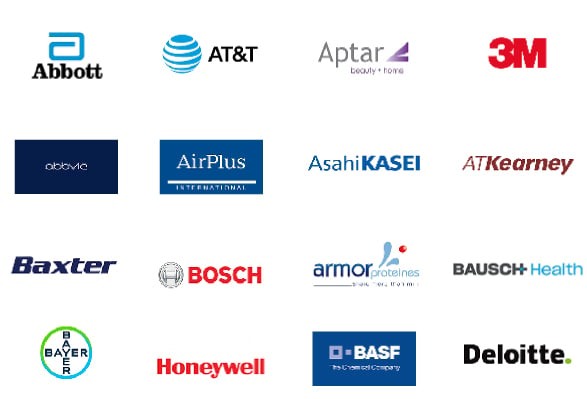The global plastic compounding market is estimated to be valued at USD 72.95 Bn in 2025 and is expected to reach USD 118.81 Bn by 2032, exhibiting a compound annual growth rate (CAGR) of 7.2% from 2025 to 2032. Plastic compounding is a process of combining various raw materials usually polymers with additives, such as fillers, pigments, fibers, reinforcement, etc., to form homogeneous or non-homogeneous compositions with enhanced or different properties to suit various industrial applications. Rapid industrialization over the years, especially in the packaging and automotive industry has significantly driven the demand for plastic compounds across the globe. Growing demand for lightweight and recyclable plastic substitutes for metals and glass is also expected to boost the industry growth over the forecast period.
Market Dynamics:
The global plastic compounding market is primarily driven by growing automotive production along with the increasing penetration of plastics as a substitute for other conventional materials like metals and glass in the automotive industry. Plastic compounds offer advantages like lightweight, corrosion resistance, and better recyclability which is a big requirement of the automotive manufacturers currently. Strong demand from the packaging industry especially from the food and beverage sector is another major growth driver. Plastics are highly preferred in the packaging industry owing to their low cost and versatility in design and properties. Stringent environmental regulations regarding recyclability and sustainability may hamper the industry growth to some extent. Developing bio-based and biodegradable plastic compounds can create new market opportunities in the coming years.
Key Features of the Study:
- This report provides in-depth analysis of the global plastic compounding market, and provides market size (USD Bn) and compound annual growth rate (CAGR%) for the forecast period (2025–2032), considering 2024 as the base year
- It elucidates potential revenue opportunities across different segments and explains attractive investment proposition matrices for this market
- This study also provides key insights about market drivers, restraints, opportunities, new product launches or approvals, market trends, regional outlook, and competitive strategies adopted by key players
- It profiles key players in the global plastic compounding market based on the following parameters – company highlights, products portfolio, key highlights, financial performance, and strategies
- Key companies covered as a part of this study include LyondellBasell Industries, BASF SE, Covestro AG, SABIC, Exxon's Chemical Division, Eastman Chemical Company, RTP Company, A. Schulman, Inc., Mitsubishi Chemical Corporation, Kraton Corporation, Celanese Corporation, INEOS Group, Solvay S.A., Clariant AG, and PolyOne Corporation
- Insights from this report would allow marketers and the management authorities of the companies to make informed decisions regarding their future product launches, type up-gradation, market expansion, and marketing tactics
- The global plastic compounding market report caters to various stakeholders in this industry including investors, suppliers, product manufacturers, distributors, new entrants, and financial analysts
- Stakeholders would have ease in decision-making through various strategy matrices used in analyzing the global plastic compounding market
Market Segmentation
Table of Contents
*Browse 32 market data tables and 28 figures on 'Plastic Compounding Market' - Global forecast to 2032
Joining thousands of companies around the world committed to making the Excellent Business Solutions.
View All Our Clients